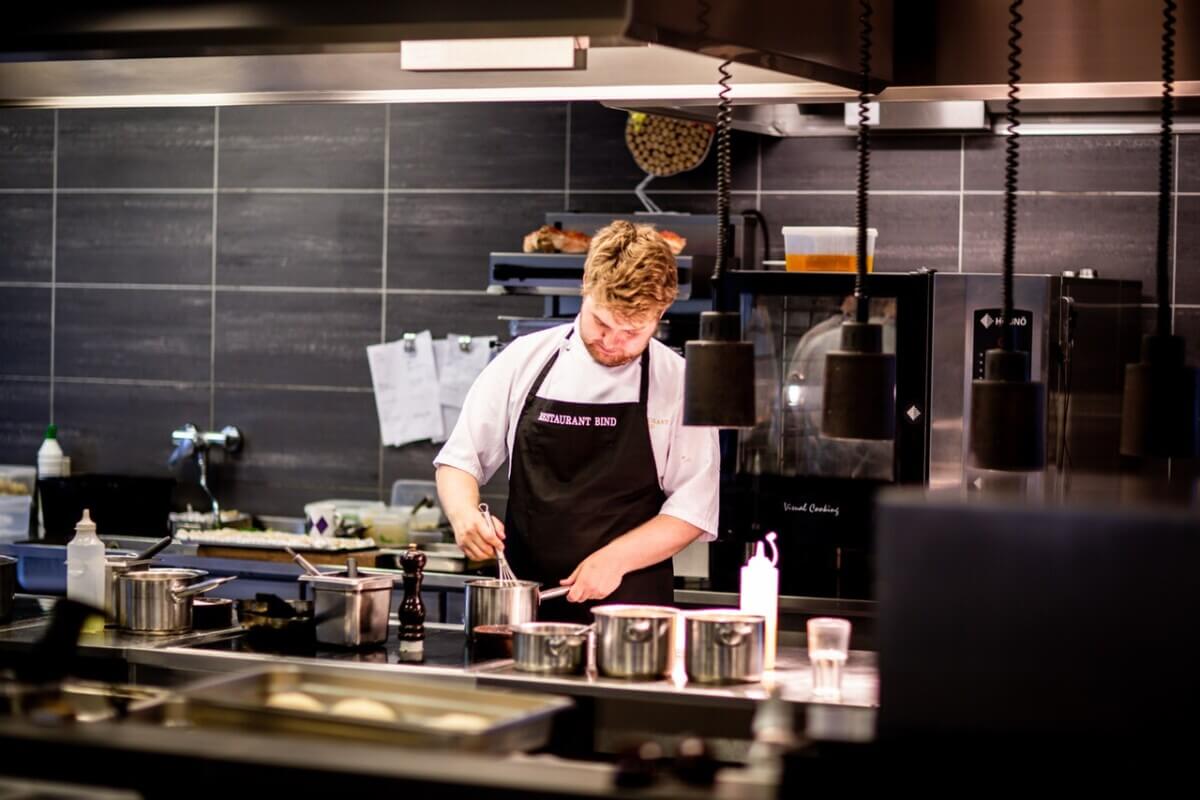
Even if you haven’t heard the term ghost kitchen, you may have heard the concept referred to by one of its alternative names. Otherwise known as virtual restaurants or cloud kitchens, ghost kitchens are an evolution of the restaurant model that is designed primarily for delivery or catering rather than on-site dining.
What is a Ghost Kitchen?
Regardless of which term you choose to use, the ghost kitchen concept remains the same. It refers to a stripped down, commercial kitchen space that doesn’t offer on-site dining. Instead, as the name “virtual restaurants” implies, ghost kitchens function as hubs for online delivery and catering orders, completely removing the on-site dining aspect of the restaurant experience.
The Benefits of Ghost Kitchens
As you can probably imagine, ghost kitchens provide an enticing financial incentive for people in the restaurant industry. For one, ghost kitchens don’t require the same prime real estate as a restaurant with a storefront and dining area, which mean these spaces often have lower rent since they can be located in smaller spaces in less desirable neighborhoods. Plus, they can be staffed solely with kitchen workers, which lowers labor costs.
As the demand for food delivery continues grow, many restaurants who try to enter the online delivery market might not have the kitchen space to meet the demand. So, in addition to startup food businesses gaining their footing in the market with a ghost kitchen operation, established restaurants can increase their delivery and catering business by opening up secondary ghost kitchen locations. A ghost kitchen could also be a stepping stone between going from a food truck to a full brick-and-mortar restaurant.
The Drawbacks of Ghost Kitchens
In general, ghost kitchens are currently most successful in large cities with access to multiple third-party food delivery services.
If you’re a successful restaurateur hoping to run a ghost kitchen in addition to your brick-and-mortar location, it’s important to understand that there is a learning curve involved. Running a ghost kitchen is different than running a traditional restaurant. In addition to distributing labor costs differently, you’ll likely need to manage multiple third-party food delivery services.
If you’re a new entrepreneur looking to sidestep some of the overhead costs associated with opening a restaurant, you’ll want to make sure you can create the buzz needed to grow your business without having a physical location. With any restaurant venture, marketing is incredibly important, and heavily promoting your delivery and catering options will be essential if you want to succeed.
At McDonald Wholesale, we’re here to help your food service operation succeed whether you’re running a food cart, a café, a ghost kitchen, or a traditional brick-and-mortar restaurant. In addition to providing the highest-quality wholesale food products for your operation, we also offer menu analysis and development services, as well as restaurant marketing services. Contact us at (877) 722-5503 to become a customer for life.

